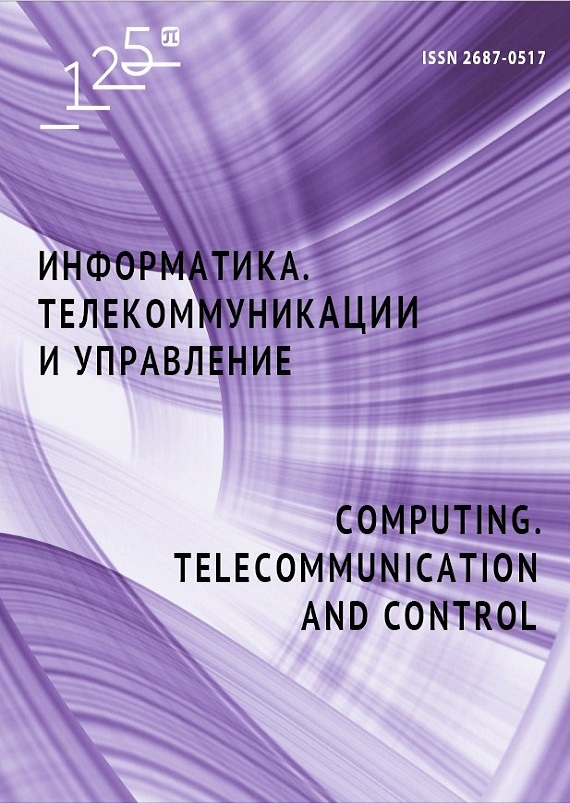Impact of signal distortion in a power amplifier on telecommunication system efficiency
The need to increase information transfer rate in up-to-date telecommunication systems led to a wide spread of OFDM and SEFDM signals with a relatively high peak-to-average power ratio. In case of power amplifiers operating at a fixed supply voltage, this power ratio feature can result in up to 20–30 % decrease in efficiency, which predetermined the interest in the use of more efficient solutions. These methods, including envelope tracking, outphasing, etc., are based on non-linear transformations of a radio frequency signal and/or its envelope. The resulting signal distortions can be accompanied by a noticeable increase in error rate at the receiver, which negatively affects the telecommunication system performance. The paper considers a set of factors with the most significant impact upon signal distortion in a power amplifier with tracking supply. An analytical model of a multi-cell tracking power supply was developed taking into account the errors of envelope and reference voltage digital conversion, the transistors’ inertial parameters, the nonlinearities of the magnitude- and phase-frequency responses of the output low-pass filter. The impact of these factors on the envelope signal spectrum distortion and the bit error rate at receiver were considered. Proceeding from the results obtained, the authors proposed requirements to the transistors switching performance and the permissible dispersion of the parameters of envelope tracking power supply.


